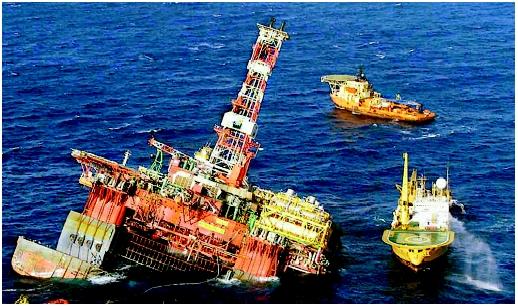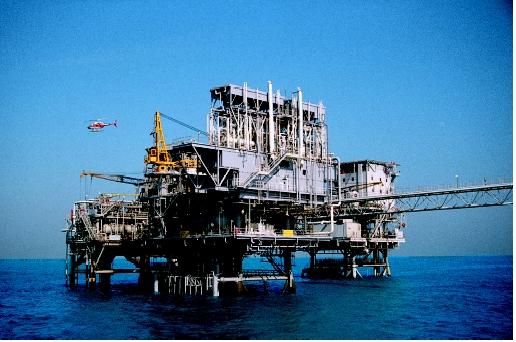Petroleum substances have been discovered and used as fuels for many centuries, originally at the sites of natural seeps and leaks from fissures in the Earth's surface. In the modern era, petroleum resources are sought and exploited from locations that are more difficult and hazardous, including offshore. The petroleum deposits discovered in offshore areas contain the same kind of hydrocarbon substances as those found onshore. For example, a form of natural gas called gas hydrate is available both onshore and offshore, but offshore resources are particularly of interest because of their volume and potential for future large-scale development.
The reason offshore petroleum exploration and development are so prominent in this century is that many onshore petroleum resources have either been exhausted, are not economically producible, or are unable to be fully developed because of restrictions of national ownership or geopolitical problems. The expansion of resource development offshore is inevitable because of the growing demand for petroleum and petroleum products.
Locations of Resources.
Offshore locations where petroleum resources are being found and developed for the market occur worldwide, wherever prospects for economic development exist. Presently, the petroleum industry is investing in exploration and development of oil and gas fields in offshore locations such as Newfoundland, Alaska, California, the Gulf of Mexico, the Caribbean Sea, Mexico, Brazil, Venezuela, West Africa, the North Sea, the North Atlantic Ocean, the Caspian Sea, Western Australia, Malaysia, Indonesia, New Zealand, and the South China Sea. Prospective
areas are being sought offshore in all of the onshore petroleum basins, and wherever correlations of continental geologic structures are found.Technological Advances
The technology is presently available to explore, drill, produce, and transport petroleum in water up to 2,300 meters (7,500 feet) deep, and further innovations are predicted to extend the depth range of future operations. In addition, remote sensing and remote control technology are being applied in facilities that cannot be directly operated by personnel, who live and work either in onsite quarters or onshore.
Every country that has dominion over part of the continental shelf of the ocean is investigating the possibility that petroleum resources may be found and developed there, with the help of modern technology. The estimated petroleum reserves of a region provide a solid incentive for capital investment in its economic and social development.
Offshore Exploration.
Exploration of offshore petroleum prospects involves various technologies. Seismic surveying uses seismic waves propagated in the crust of the Earth to identify and map rock structures that are likely to contain petroleum reservoirs, such as basins and traps. When likely structures are found, other technologies are applied to obtain additional information about the formations being studied. These may include core sampling of the rocks with geological and laboratory analysis; data logging

The exploration stage is increasingly being integrated with other stages in petroleum resource development and management, so that all information and data obtained are additive in understanding the geologic structures being characterized and exploited.
